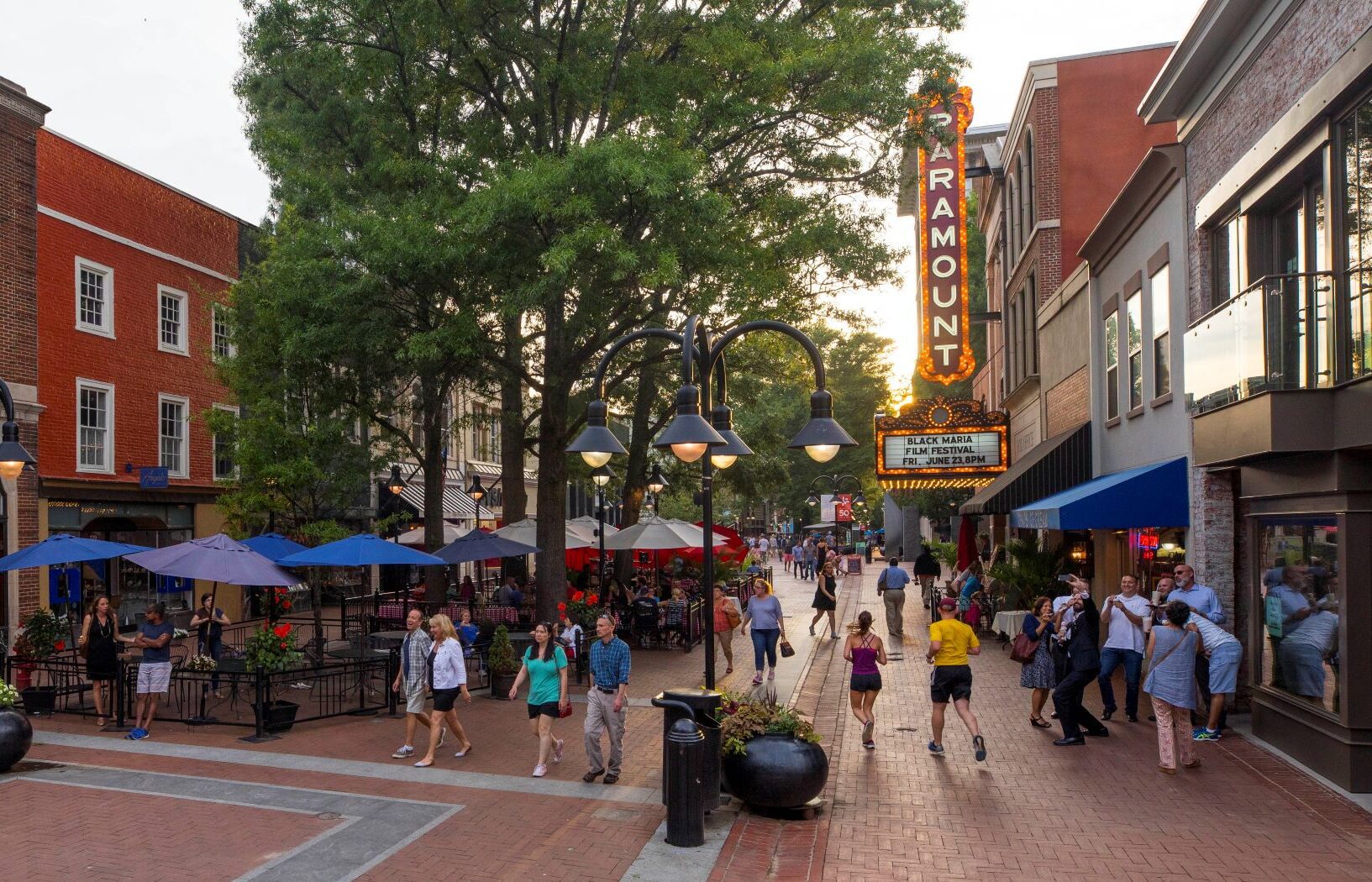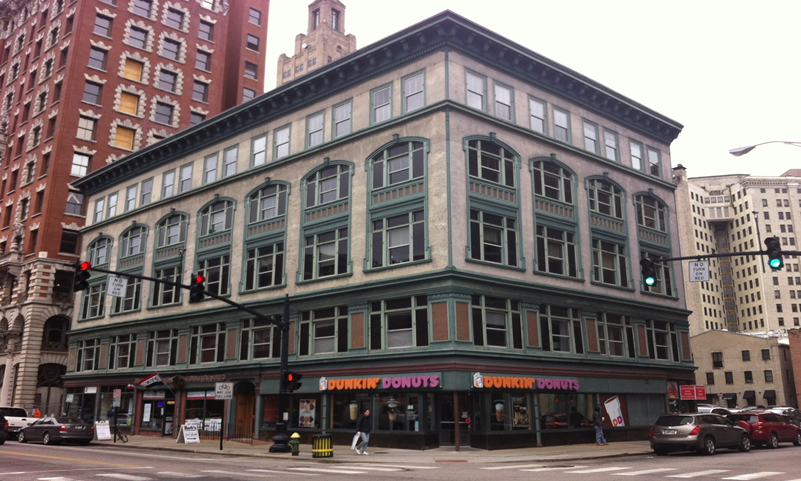Creating and Protecting Scenic Communities
Quality development cannot be achieved without some form of local government commitment, planning, and oversight or control to balance individual interests against the overall goals and welfare of the community. Unfortunately, most communities do not have the resources to effectively support professional training for city leaders, planners, historic district commissions, and design review boards. It is also difficult for communities to find qualified individuals to serve on these boards, often because of conflicts of interest.

State and national historic preservation programs offer one path forward.
- The National Historic Preservation Act of 1966 greatly expanded the National Register of Historic Places, authorized matching funds for surveys, preservation plans, and acquisitions, and established a watchdog federal agency, the Advisory Council on Historic Preservation. The National Register of Historic Places now lists nearly two million contributing historic resources and provides the basis for protections, funding, and incentives.
- The Federal Investment Tax Credit for Rehabilitation (the “Tax Act”) has stimulated nearly $102.6 billion in private investment in historic buildings redeveloped for commercial purposes. State-level rehabilitation tax credit and property tax relief programs are now in place in 38 states along with innovative planning and zoning incentives like business improvement districts, adaptive reuse ordinances, and form-based zoning.
- State legislation for planning can also play a major role in promoting community character. Several states, including Oregon, Washington, and Florida, provide tools to manage growth and development in localities. Others like Vermont, Maryland, and Hawaii go further by setting guidelines for a host of issues, including environmental management, growth and infrastructure allocation, and plan review. With support from private foundations and the U.S. Department of Housing and Urban Development, the American Planning Association undertook a thorough review of state statutes and made comprehensive recommendations for model planning statutes. The body of work, Growing Smart, published in 2002, is available to guide state and local statutes to support community character.
- Beyond increased and comprehensive regulation, a more significant answer is in the rezoning of our towns and cities to allow more people to live on Main Street, in commercial centers, in buildings of greater density, and in mixed-use buildings. This phenomenon is taking place across the country. Increasing numbers of Americans want to live in places with character, vibrancy, and amenities including sidewalks, parks, hiking and bike trails, and farmers’ markets. Protections, incentives, compatible new design, and new downtown investment projects are all part of the equation for cities as diverse as Chicago, Denver, Nashville, Oakland, and Seattle, as well as in smaller cities like New Bedford and Newburyport, Massachusetts; Tupelo, Mississippi; Boyne City, Michigan; and Laramie, Wyoming.
- Contemporary preservation and urban revitalization have taken shape by civic activists stopping and redirecting destructive projects, developers successfully completing Tax Act adaptive reuse projects, and city leaders working with residents and professionals to revitalize Main Street using the practices of smart growth, new urbanism, and townscape design.
- The Scenic Texas affiliate of Scenic America has pioneered the use of a Scenic City Certification program to support and recognize Texas cities and towns that implement high-quality scenic standards for public roadways and urban spaces. This Scenic City Certification program provides a proven, highly regarded tool to Texas ci assessment, evaluation, and recognition of infrastructure standards. The program recognizes cities with strong scenic standards that reflect civic pride, benefit from a solid sense of community character, and are well-positioned for economic growth. Benefits of the program include expert third-party evaluation of existing standards, creation of a basis for continual review and analysis of development plans, creation of a platform to educate citizens on the impact of local regulations, and support of economic development efforts. More information is available at sceniccitycertification.org.

Place Making Institute
Established by Scenic America Chair Emeritus Ronald Lee Fleming, FAICP, together with Jeffrey Soule, FAICP, the Place Making Institute serves to strengthen the capacity of planners and community leaders in historic/scenic cities and towns threatened by developer-influenced zoning boards.
Explore More
-
 Tree ConservationTree-lined streets enhance the scenic qualities of our neighborhoods.
Tree ConservationTree-lined streets enhance the scenic qualities of our neighborhoods. -
 EV Charging InfrastructureWhile delivering environmental benefits, changing energy infrastructure is altering the look and feel of our communities.
EV Charging InfrastructureWhile delivering environmental benefits, changing energy infrastructure is altering the look and feel of our communities. -
 Smarter Commercial DesignCorporate development doesn't have to be at odds with community character.
Smarter Commercial DesignCorporate development doesn't have to be at odds with community character. -
 Case Study: Greater ChicagoLearn more about placemaking efforts in several communities located in and around Chicago.
Case Study: Greater ChicagoLearn more about placemaking efforts in several communities located in and around Chicago.